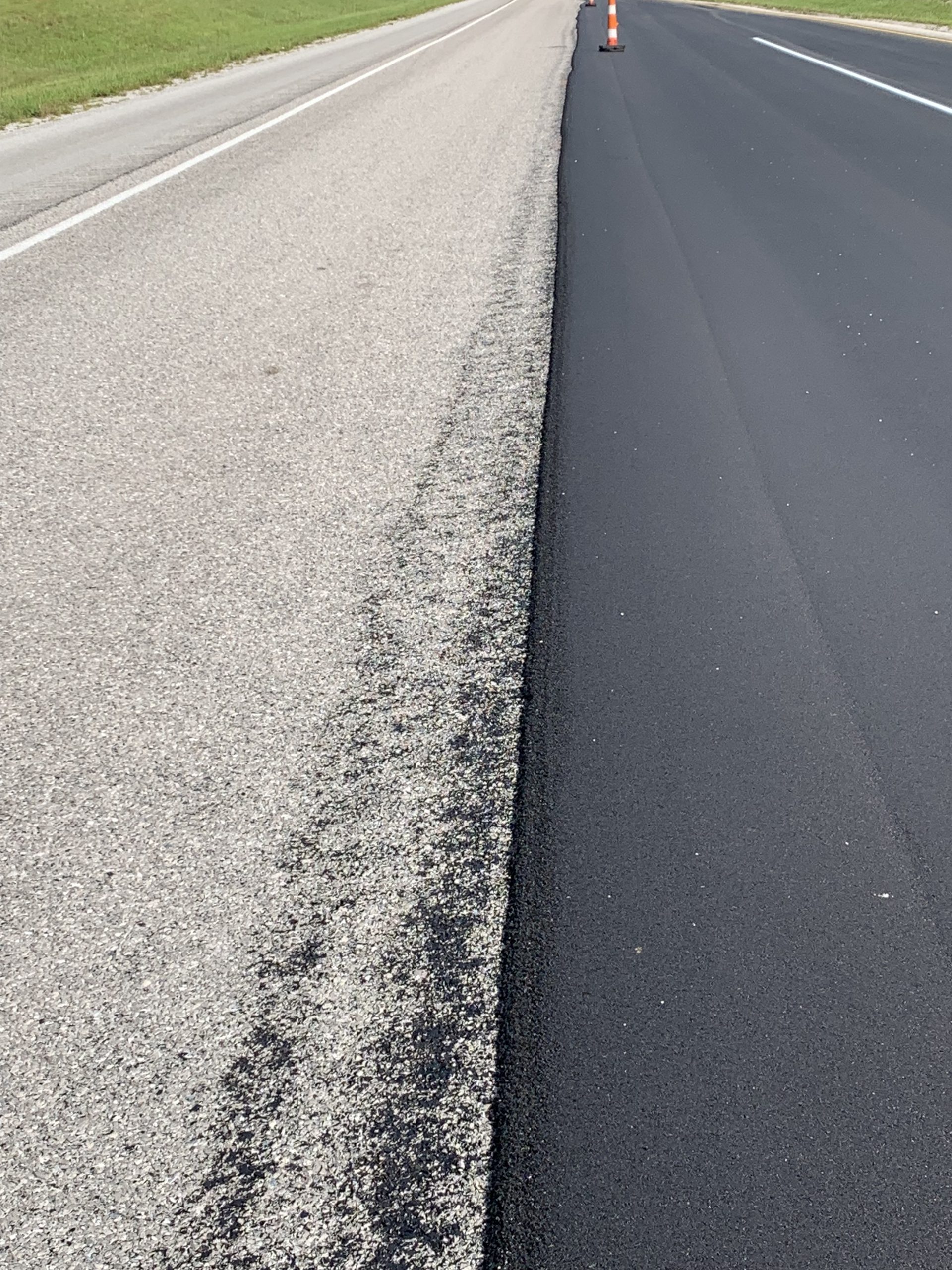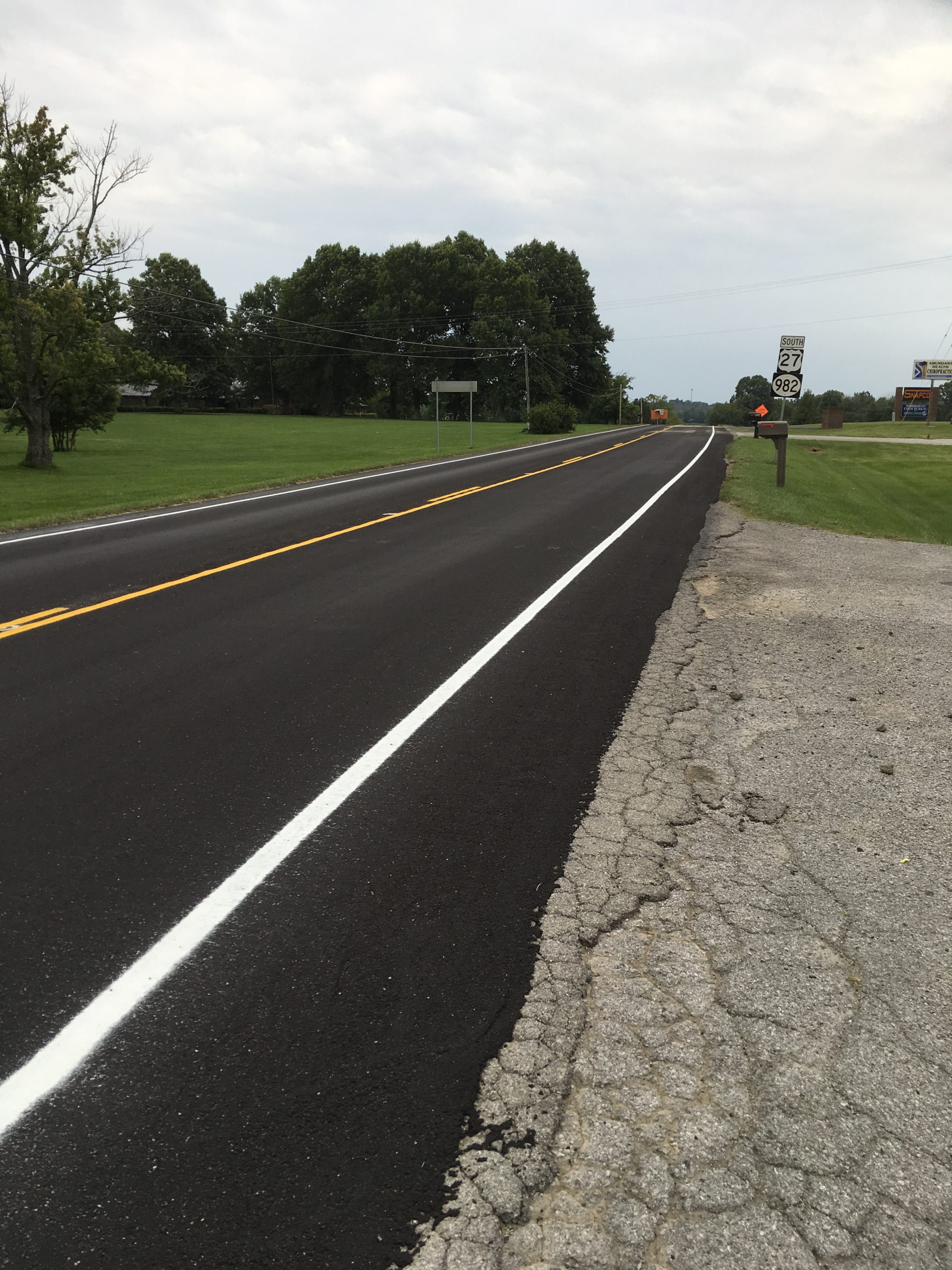Search for articles or browse our knowledge portal by topic.
Cape Seal
Cape seals consist of the application of a chip seal followed by a slurry seal. The chip seal acts as an interlayer to address surface distresses, while the slurry seal ties down the chip seal and provides a smooth, protective road surface. A laboratory design is done to select the right combination of binder for both the chip and slurry seals. After surface preparation, the chip seal is applied using standard application methods. Once the chip seal thoroughly cures (typically 48 hours to one week), the slurry layer is placed and allowed to cure. Microsurfacing may also be used in place of a slurry seal. Some suppliers use polymer-modified asphalt emulsions for earlier and stronger chip retention to speed up construction and the resumption of traffic. Some cape seal processes also incorporate crumb rubber into the slurry seal.


Cape seals are a good option for aging asphalt pavements in good structural condition with minor- to moderate-severity surface distresses. They are also appropriate for pavements that exhibit higher levels of distress than are normally recommended for a single slurry seal and are ideal for pavements where surface smoothness and/or black surfaces are wanted and damage from loose chips is a concern. The slurry surface is smoother than a chip seal and thus a good choice for residential neighborhoods.
- Seals and bridges cracks.
- Can be designed to address dry or bleeding surfaces.
- Provides a surface that is a dense, smooth mat.
- Less susceptible than other treatments to damage from snowplows.
- Seals and waterproofs the surface, fills cracks, restores skid resistance and provides a black surface.
- Extends the life of existing pavements by correcting surface distresses such as cracking, raveling and friction loss and by protecting the underlying pavement structure.
- Provides a smooth finish that is similar to an asphalt overlay, but at a lower cost.
- Application is a two-step process and may require longer road closures than other treatments.
- Strict traffic control must be imposed until the treatments have cured.
- More expensive than a single chip seal or a single slurry seal.
- Longer cure time if using slurry seal surface instead of microsurfacing.
| Estimated Life Extension | |
|---|---|
| Pavement Condition | Cape Seal Longevity |
| Poor | 2-5 years |
| Fair | 5-6 years |
| Good | 6-10 years |
Pavement Preservation Knowledge Book:
Access the complete Knowledge Book here: Pavement Preservation Knowledge Book
Previous Article: 3.6 Microsurface

